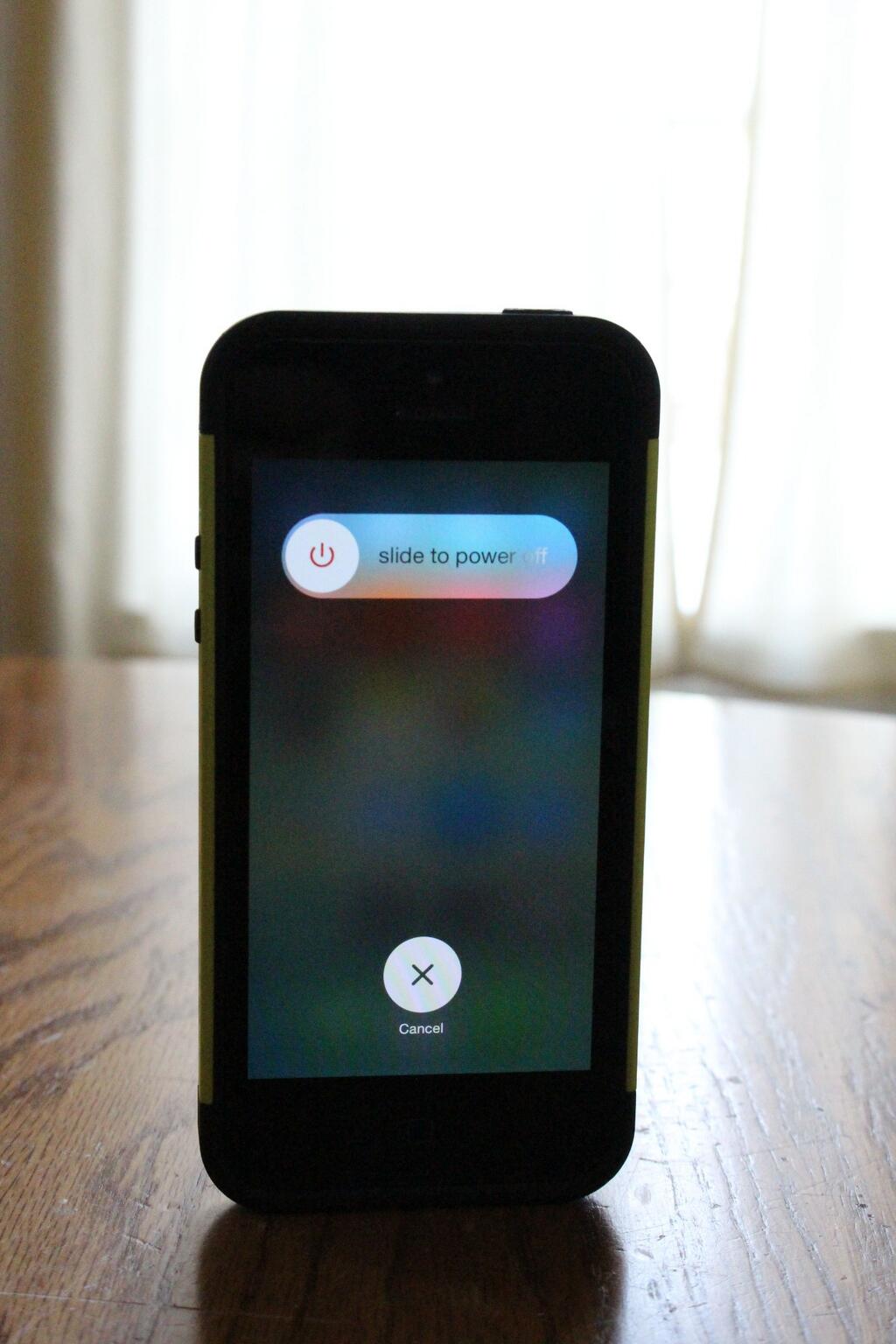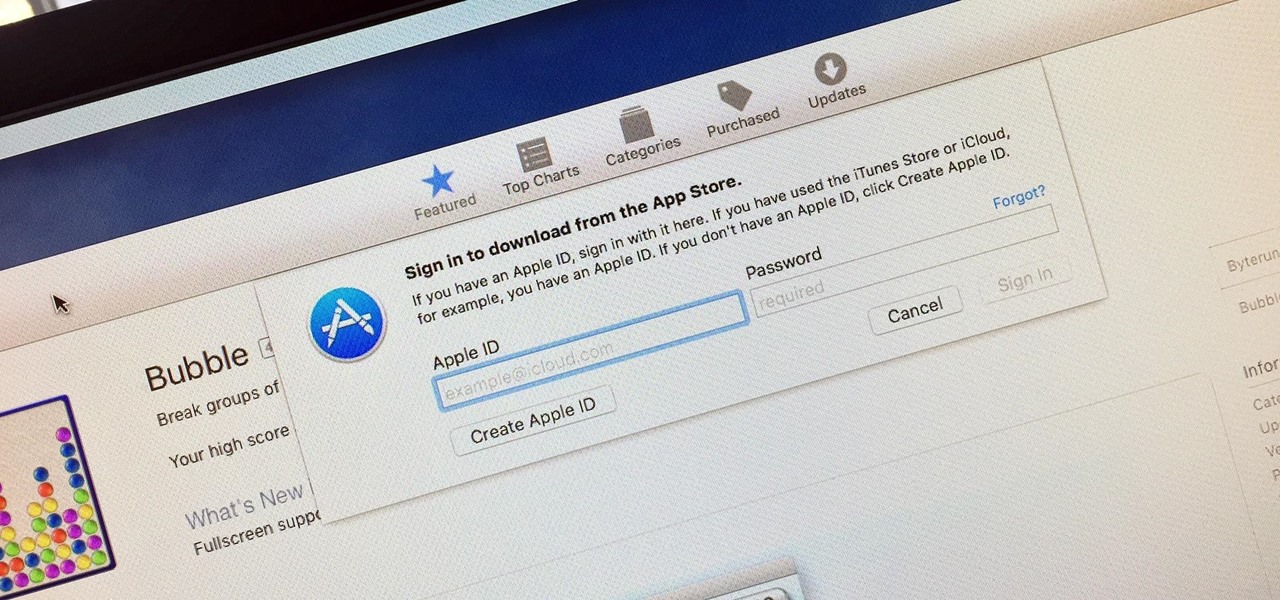Update your apps manually
Which is why human App Reviewers ensure that the apps on the App Store adhere to our strict app review standards. Our App Store Review Guidelines require apps to be safe, provide a good user experience, comply with our privacy rules, secure devices from malware.
So, I figured this out after having a suspicion it might work (and adhoc signed iOS builds working just fine). If you have a LEGAL.ipa file from the App Store (downloading via iTunes, backup from your device, using a tool like iMazing, etc.) then you can double-click the.ipa file to open and install them on your M1 Mac. Apple today announced the winners of the 2020 App Store Best award, which recognizes outstanding apps and games for iPhone, iPad, Apple Watch, Apple TV, and Mac. The company also shared its.
On your iPhone and iPad, apps that you download from the App Store are automatically updated by default. But if there's an issue, you can update an app manually.
How to manually update apps on your iPhone, iPad, or iPod touch

- Open the App Store.
- Tap your profile icon at the top of the screen.
- Scroll to see pending updates and release notes. Tap Update next to an app to update only that app, or tap Update All.
How to manually update apps on your Mac
- Open the App Store.
- In the sidebar, click Updates.
- Click Update next to an app to update only that app, or click Update All.
If you didn’t get the app from the App Store on your Mac, contact the app developer to get help with updates.
How to manually update apps on your Apple Watch
- Open the App Store and scroll down to the bottom.
- Tap Account.
- Tap Updates.
- Tap Update next to an app to update only that app, or tap Update All.
Turn on or turn off automatic updates
If you prefer to manually update all your apps, turn off automatic updates. When you do this, you receive notifications from the App Store each time an update for one of your apps is released.
How to turn on or turn off automatic updates on your iPhone, iPad, or iPod touch
- Go to Settings.
- Tap App Store.
- Turn on or turn off App Updates.
How to turn on or turn off automatic updates on your Mac
- Open the App Store.
- From the menu bar at the top of the screen, choose App Store > Preferences.
- Select or deselect Automatic Updates.
How to turn on or turn off automatic updates on your Apple Watch
- Go to Settings > App Store.
- Turn on or turn off Automatic Updates.
Ios Apps On Mac Os
You can also open the Watch app on your iPhone, scroll to App Store and tap it, then turn on or turn off Automatic Updates.
How to turn on or turn off automatic updates on your Apple TV HD or 4K
- Go to Settings > Apps.
- Select or deselect Automatically Update Apps.
iPhone apps and iPad apps are available without modification on the Mac App Store on Apple silicon Macs, opening new possibilities for users and developers alike. These apps can be optimized to work with keyboards, windows, and touch-input gestures by using existing capabilities that are already available to iPhone and iPad apps. You can even adjust the way they work on Mac by checking for existing capabilities and enabling and disabling features accordingly.
No porting required.
iPhone and iPad apps on the App Store are automatically available on the Mac App Store on Apple silicon Macs, without any modification to the app. There is no porting process — the same frameworks that your apps use on iPhone and iPad are available and tuned just for Mac, taking advantage of the same shared architecture across all three platforms.
Optimize for iPhone, iPad, and Mac.
There are features available to iPhone and iPad apps that make it easier for them to run on Mac and improve the overall user experience when run on any of these platforms. For example, adding keyboard support not only enables the primary interface for the Mac, it also supports the growing number of users who use keyboards with their iPads. Supporting iPad Multitasking and Auto Layout lets your app support resizable windows on iPad and Mac. If your app supports standard gesture recognizers for pinch, scroll, rotate, and zoom effects, they will automatically map to appropriate gestures on Mac input devices. Adding support for drag and drop enables a common use pattern on the Mac and makes your iPad app even more versatile. Apps that deal with files can handle files correctly on every platform using the latest Bundle and FileManager APIs. And when you’re ready, you can use Mac Catalyst to create an app that truly takes advantage of everything Mac has to offer.
Makes sense for Mac.
Some apps are optimized to take advantage of features unique to iPhone and iPad. Carefully consider if your app makes sense for Mac and, if so, how it will work. For example, your app might use hardware unique to iPhone and iPad, such as the multi-touch screen, gyroscopes, accelerometers, and depth-sensing cameras. Or it might use frameworks, such as ARKit and CallKit, that are not available on Mac. Decide whether your app depends on these unique features or whether it uses them occasionally. In either case, you can enable and disable features in your app as needed.
Use Ios Apps On Mac
On the Mac App Store.
Users can find iPhone and iPad apps right on the Mac App Store. These apps are distinguished by the “Designed for iPhone” and “Designed for iPad” badge next to the app icon. They can be found by browsing curated selections and charts, or by searching and clicking the “iPhone & iPad Apps” toggle at the top of search results.
Rating and reviews. The ratings and reviews on the Mac App Store are independent of those on the App Store for iPhone and iPad, so users looking at your app will see reviews only from other users on the same platform.

Universal purchase. If your iPhone or iPad app is available on the Mac App Store, you can later replace it with a Mac version by adding the macOS platform to your app in App Store Connect. Existing users of your iPhone or iPad app on Mac will then receive the new Mac app as an update. If your iPhone or iPad app already offers a Mac app as part of a universal purchase, the option to offer the iPhone or iPad app on the Mac App Store will not be available.
Manage your app.
Managing Mac App Store availability. By default, your apps are published automatically on the Mac App Store. If you determine that your app does not make sense on Mac, you can edit its availability at any time in App Store Connect.
Verify your app on macOS. iPhone and iPad apps on the Mac App Store are labeled as “Not verified for macOS” by default. Once you’ve tested your app on an Apple silicon Mac to confirm that it runs well, you can verify its compatibility in App Store Connect to remove this label on the App Store.
App Analytics. Determine how many product page views, downloads, and sales your app receives on the Mac platform using App Analytics in App Store Connect.
